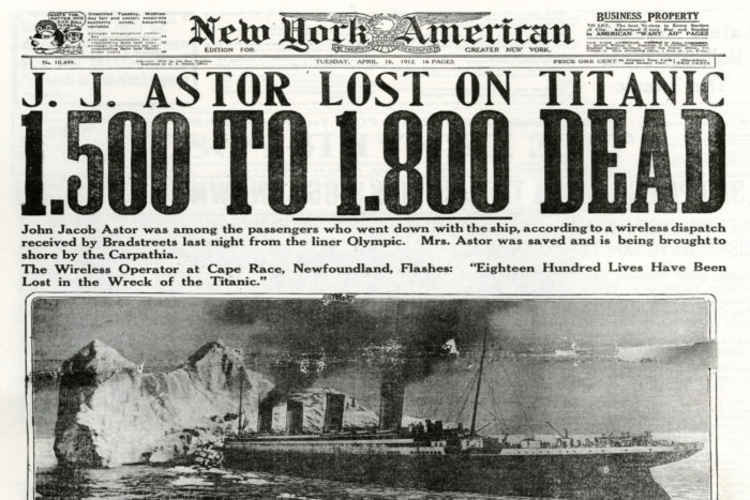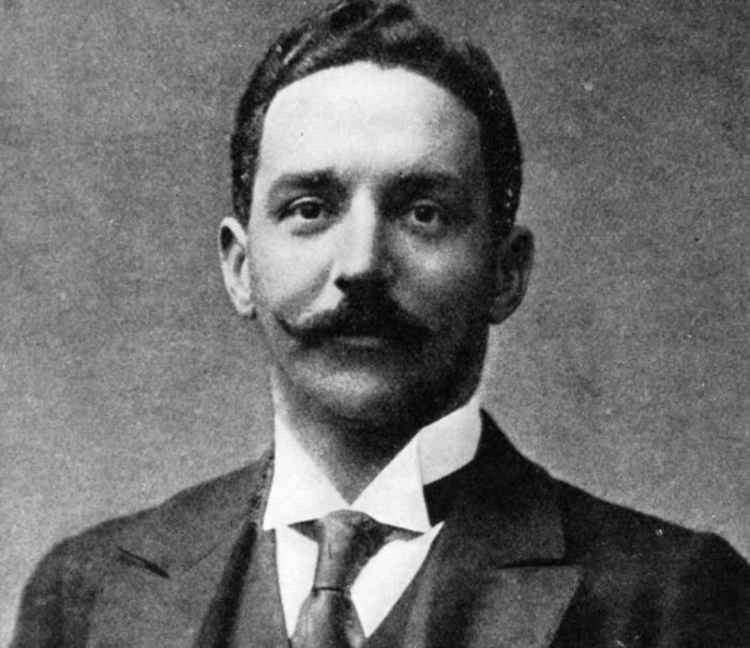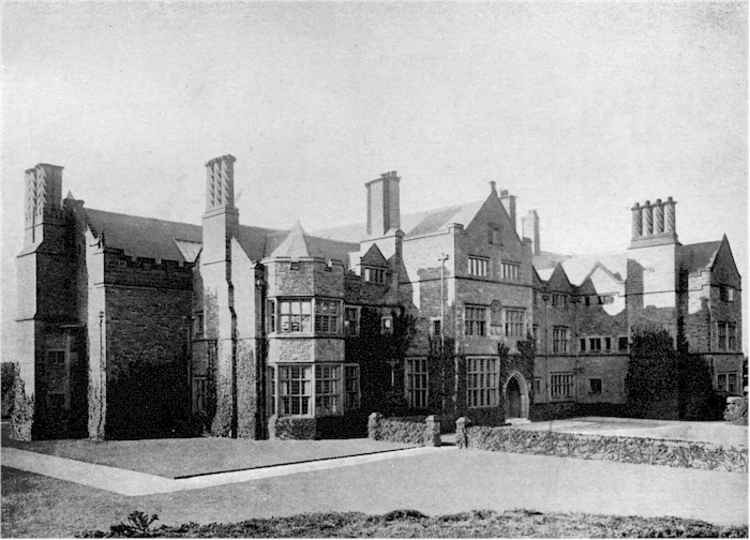Local history: RMS Titanic, Thurstaston, Heswall and the Ismay family
By Mark Gorton 25th Aug 2022
By Mark Gorton 25th Aug 2022

90 years ago the world was still coming to terms with the unthinkable - the sinking of the 'unsinkable' Titanic on April 15th 1912.
Almost a year before, on May 31 1911, the Royal Mail Ship Titanic had been launched in Belfast, from a slipway at the city's Harland and Wolff shipyard.
On April 10 1912, the liner sailed out of Southampton on her maiden voyage, destination New York.
Five days later, in the middle of the Atlantic, the giant ship hit an iceberg which gouged the hull, and sank within three hours. Of around 2,200 people on board only 700 were saved.

Titanic was was operated by Liverpool shipping company, White Star Line, and the Managing Director was Joseph Bruce Ismay, who lived in Thurstaston.
The Ismay family had been in shipping for two generations. Joseph's grandfather had founded a business called Ismay, Imrie and Co., and his father, Thomas Ismay, established White Star. Bruce Ismay took over as Chairman on his father's death in 1899.

In life Thomas Ismay had a profound effect on the local landscape. Having grown up in Crosby he moved in the 1860s to Thurstaston and had a large mansion called Dawpool built in lower Thurstaston village.
As the local landowner he decided he wanted an uninterrupted view of the Dee estuary and the Welsh hills and simply used his influence to have the main Hoylake to Chester road – now known as the A540 – diverted.
The scheme created the Thurstaston cutting and took the road via the 'Heswall bends' along the top of the West Wirral ridge instead of much nearer the shore and through the original village of lower Heswall.
This is why Heswall came to be developed on top of the hill rather than Lower Heswall.

In 1902 J. Bruce Ismay sold White Star to the fabulously wealthy American railroad owner, J P Morgan. With the extra financial backing, Ismay set out to expand White Star to try to compete with Cunard, Britain's leading passenger ship operator.
When Cunard unveiled its latest marvels, RMS Lusitania and RMS Mauretania, Ismay resolved to go bigger and better, with ships offering massive steerage capacity for the less well off passengers, but also luxury for the rich never before witnessed on ocean going steamships.
He commissioned the building of three new super liners to ply the North Atlantic route. Titanic was the second of these ships to see service. The other two were Olympic and Britannic.
The Titanic disaster became a personal disaster for J. Bruce Ismay. He was on the maiden voyage of the ship but did not perish.
Instead he fled in one of the all too few lifeboats and was criticised for not staying behind and going down with his ship, as did the Captain, Edward Smith.
Ismay was described as "the coward of the Titanic" and "J. Brute Ismay". He became a pariah even though he tried to make amends by giving generously to charity throughout the rest of his life.
Dawpool was demolished in 1927. J. Bruce Ismay died in London ten years later.
CHECK OUT OUR Jobs Section HERE!
heswall vacancies updated hourly!
Click here to see more: heswall jobs
Share:


